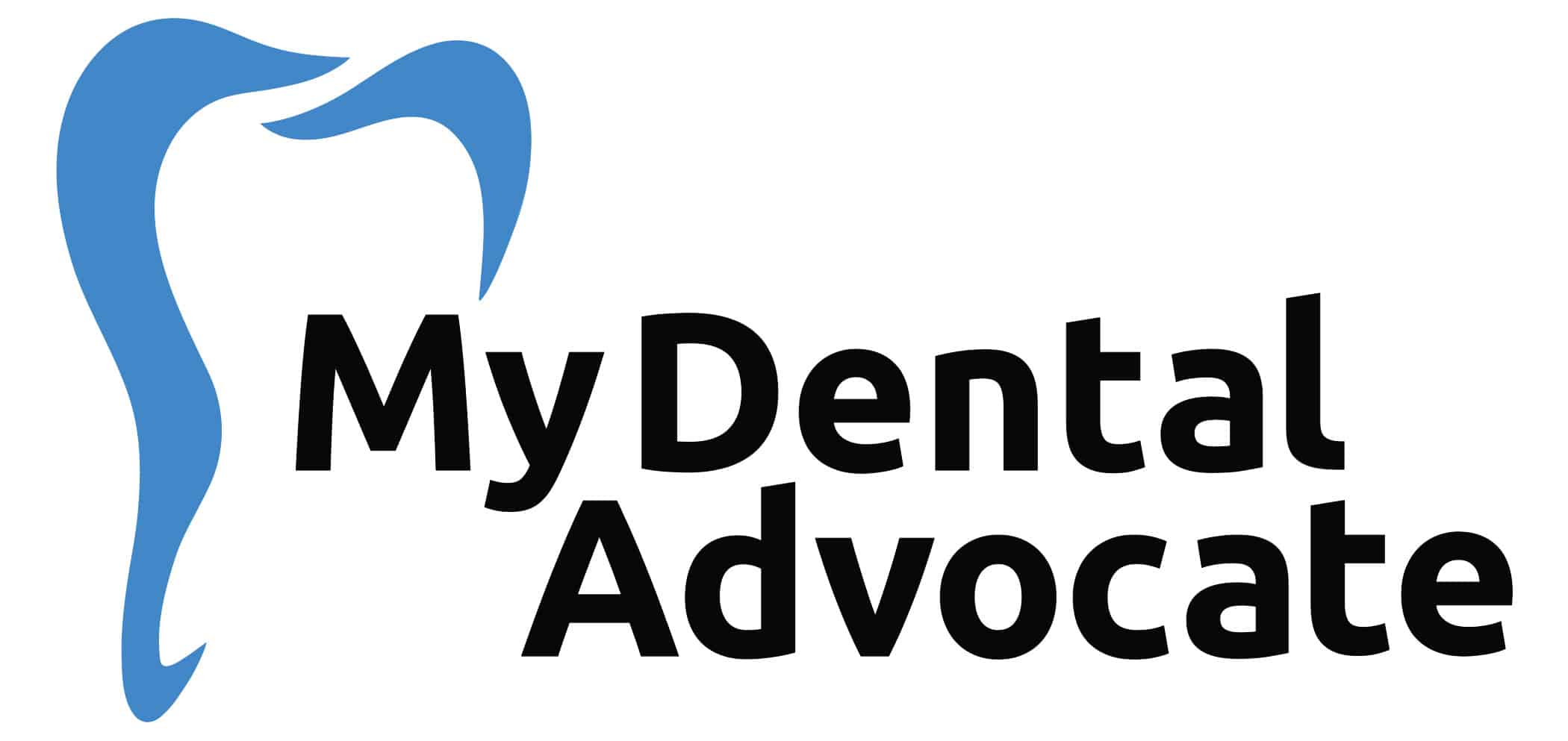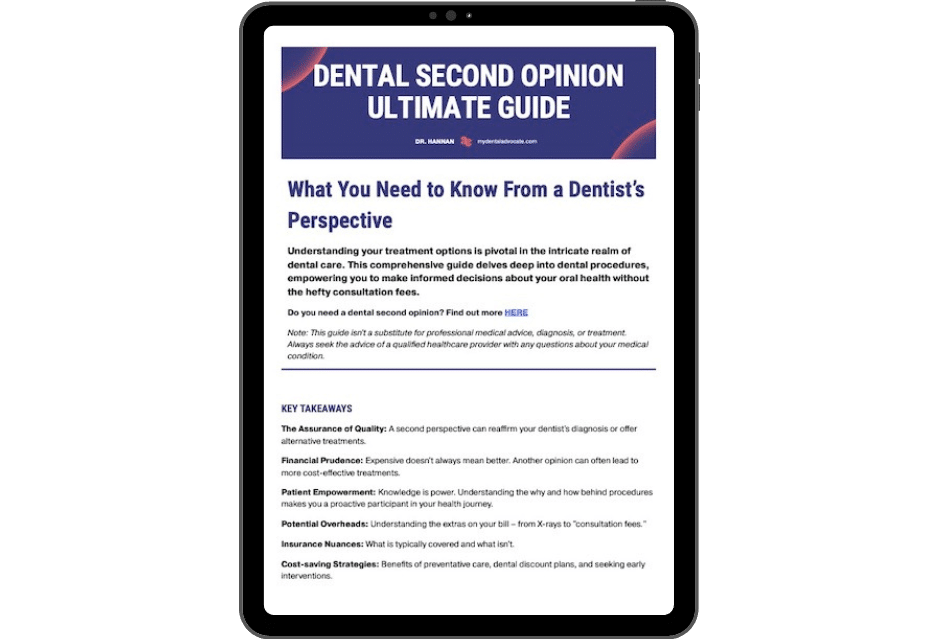Why Braces Cause Teeth Stains (How to Prevent Them)
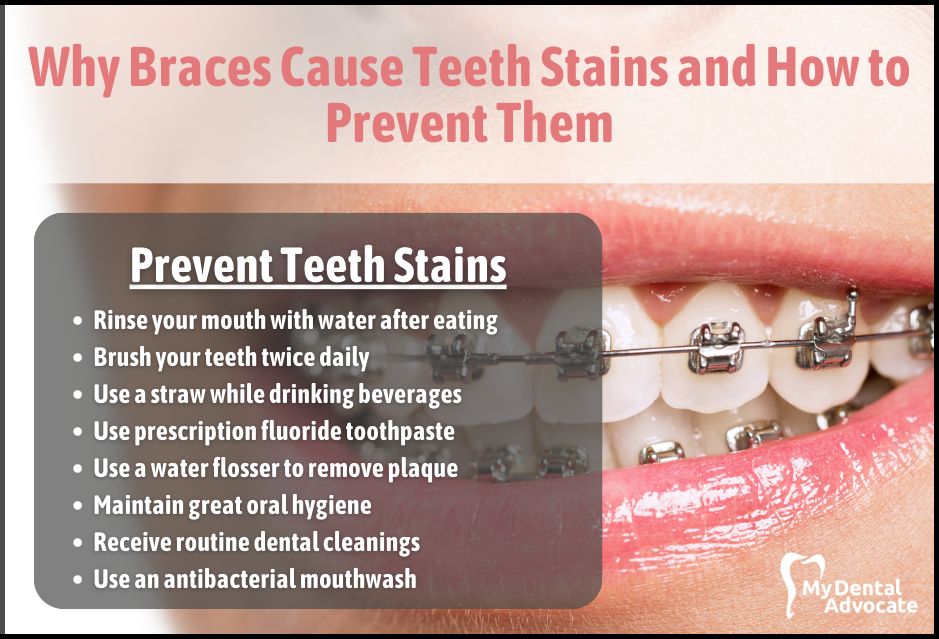
As a dentist, one of the most common concerns that patients have is the appearance of their teeth.
While braces can help straighten teeth and improve their alignment, they can also cause teeth stains that can be difficult to remove.
Teeth stains can be a source of embarrassment for patients and even affect their self-confidence.
Recommended Reading: Teeth Staining | The Ultimate GuideNeed Dental Advice? Ask Dr. Hannan!
Causes of Teeth Stains from Braces
Food & Beverages
One of the most common causes of teeth stains from braces is consuming certain foods and drinks.
For example, dark-colored foods and beverages such as coffee, tea, red wine, and dark sodas can leave stains on the teeth.
These stains can be particularly noticeable when wearing braces, as the brackets and wires can make it harder to clean the teeth effectively.
Recommended Reading: 30 Foods That Surprisingly Stain Teeth (The Ultimate List)To minimize the risk of staining, avoiding or eliminating the consumption of these foods and drinks is recommended. However, if you consume them, brushing your teeth thoroughly afterward is essential to remove any residue that may have accumulated on the teeth.
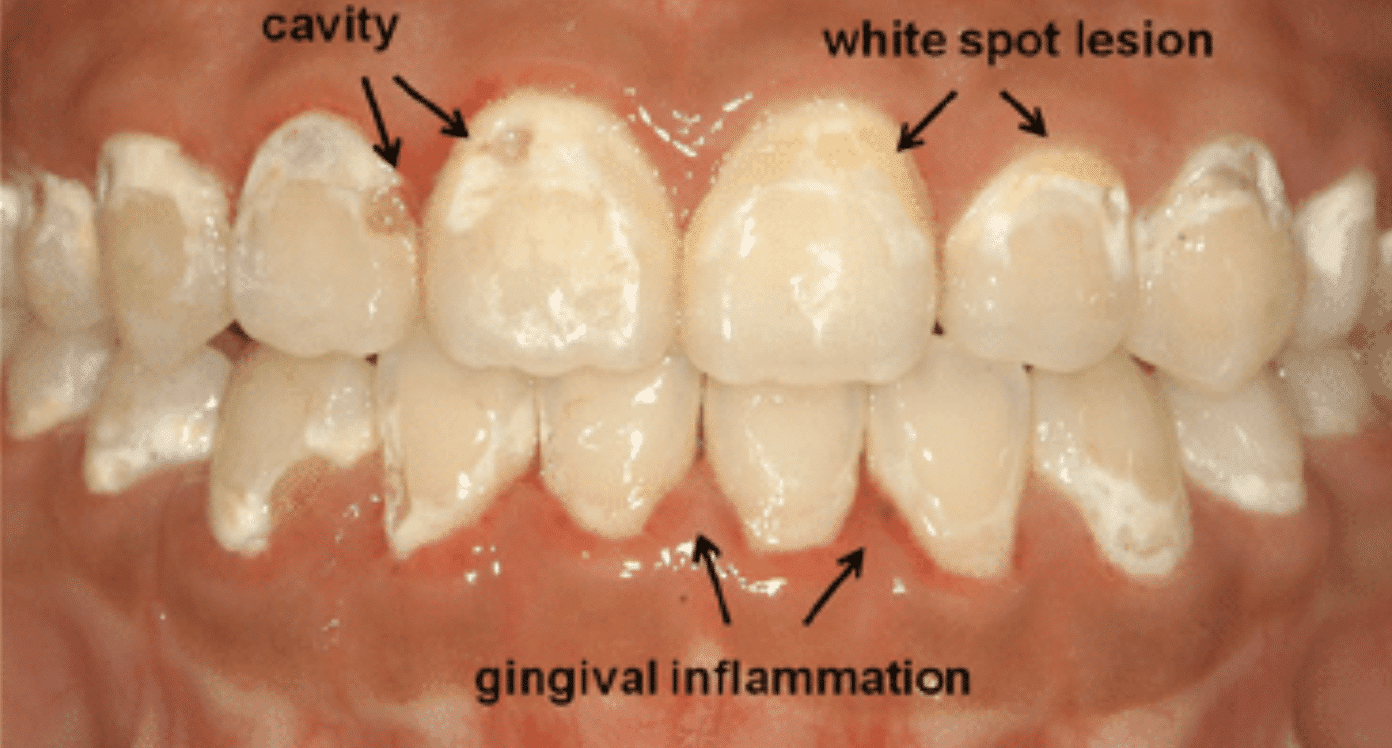
If you cannot remove stubborn food particles between your teeth, use a water flosser to apply a high-pressure spray to wash away the debris.
Poor Oral Hygiene
Another common cause of tooth stains from braces is poor oral hygiene.
When food particles and bacteria are not removed from the teeth and braces through regular brushing and flossing, they can accumulate and cause white spot lesions, also known as decalcification, that is highly noticeable after the braces are removed.
Saliva not only helps to clear away food debris but also can remineralize (repair) enamel. This is especially important for the areas of the teeth that are hard to reach with a toothbrush or floss, such as the areas above or below the brackets.
If plaque is allowed to build up, it can cause permanent demineralization white stains.
Dentist Recommendation: I recommend using the BURST Water Flosser and prescription fluoride toothpaste to repair weakened enamel, prevent cavities, rid sensitivity and strengthen tooth enamel.
To prevent staining caused by poor oral hygiene, it is vital to maintain a consistent and thorough oral hygiene routine.
This should include brushing your teeth at least twice daily, flossing or using a water flosser and rinsing with antiseptic mouthwash to kill bacteria and freshen your breath.
Recommended Reading: Should You Use Prescription Fluoride Toothpaste? (Dentist’s Thoughts)Prevention of Teeth Stains from Braces
Maintain Great Oral Hygiene
Practicing great oral hygiene is one of the most effective ways to prevent tooth stains from braces.
In addition, if you have braces, use a soft-bristled toothbrush and brush at a 45-degree angle to remove any food particles or plaque trapped between the hardware. Additionally, use an interdental brush to clean between the wires and brackets.
Limit Stain-Causing Foods & Beverages
Another way to prevent teeth stains from braces is limiting your intake of stain-causing foods and beverages.
For example, foods and drinks high in sugar, such as soda, candy, and sports drinks, can cause tooth decay and discoloration. In addition, dark-colored foods and beverages, such as coffee, tea, red wine, and berries, can stain your teeth.
Recommendations
- Rinse your mouth with water afterward
- Brush your teeth afterward
- Use a straw to limit sugar contact with teeth
- Limit consuming beverages over an extended period
Use Orthodontic Wax
Orthodontic wax is a helpful tool for preventing teeth stains from braces.
It can be applied to the brackets and wires to create a barrier between your teeth and the braces.
Recommended Reading: 5 Best Toothbrush for Braces 2024 (Dentist Recommended)This can help prevent food particles and plaque from getting trapped in the brackets and wires, which can cause discoloration. Additionally, orthodontic wax can help prevent irritation and discomfort caused by the braces rubbing against your gums and cheeks.
Use a Water Flosser
A water flosser quickly and effectively removes food particles and bacteria between your teeth and gums.
Unlike traditional flossing methods, which can be time-consuming and difficult, water flossers use a powerful stream of water to clean your teeth and gums.
Water flossers are gentle on your gums and won’t cause irritation or discomfort. To use a water flosser, fill the reservoir with warm water, attach the appropriate tip, and aim the stream of water at a 90-degree angle against your teeth and gums.
Move the flosser along your gum line, cleaning between each tooth and around any dental work. Use the flosser for at least one minute or until all food particles and debris have been removed.
Use Prescription Fluoride Toothpaste
Prescription fluoride toothpaste is a powerful tool in preventing white spots from forming on your teeth.
White spots, also known as decalcification, are the first sign of tooth decay and can be caused by acid attacks from bacteria in your mouth.
Prescription fluoride toothpaste works by remineralizing tooth enamel after an acid attack, helping to prevent the formation of white spots and tooth decay. The fluoride in the toothpaste helps to strengthen the enamel, making it more resistant to acid attacks and decay.
Your dentist or orthodontist may prescribe fluoride toothpaste if you are at high risk of developing tooth decay or have a history of white spots on your teeth.
To use prescription fluoride toothpaste, brush your teeth twice a day with a pea-sized amount of toothpaste, making sure to spit out the excess foam and not rinse your mouth with water afterward.
This will allow the fluoride to continue working on your teeth and provide maximum protection against tooth decay and white spots.
Treatment Options for Teeth Stains from Braces
Professional Teeth Whitening
Professional teeth whitening is the most effective and quickest way to remove teeth stains after braces.
A dentist or dental hygienist does this treatment and involves using a special bleaching agent applied to the teeth.
The bleaching agent is activated by a special light or laser, which helps break down the teeth’ stains. This treatment can be completed in one or two office visits, producing dramatic results.
Dentist Recommendation: To limit tooth sensitivity, I recommend using a sensitivity toothpaste two weeks before your appointment. Check out the best sensitivity toothpaste review.
At-Home Teeth Whitening Kits
At-home teeth whitening kits are affordable and convenient for removing teeth stains from braces.
These kits can be purchased over the counter at drugstores or online.
Dentist Recommendation: I recommend using the SNOW At-Home Whitening Kit because it dramatically whitened my teeth in just a few days. Check out our review to learn more.
They typically include a bleaching gel and custom-fitted trays for your teeth. The gel is applied to the trays, which are then worn for a certain amount each day.
Results from at-home teeth whitening kits can take longer to achieve than professional treatment, but they can significantly improve teeth color and be completed at your convenience.
Porcelain Veneers
Porcelain veneers are a permanent solution for teeth stains after braces.
Veneers are thin shells of porcelain custom-made to fit over the front of your teeth. They can cover up stains, chips, and other imperfections in your teeth, giving you a bright, white smile.
However, this treatment is more invasive, only recommended for adults, most expensive and requires removing a small amount of tooth enamel.
When considering treatment options for teeth stains from braces, it is essential to consult with a dental professional to determine the best course of action for your individual needs.
While these treatments can be effective, practicing good oral hygiene habits is essential to prevent future stains and maintain a beautiful smile.
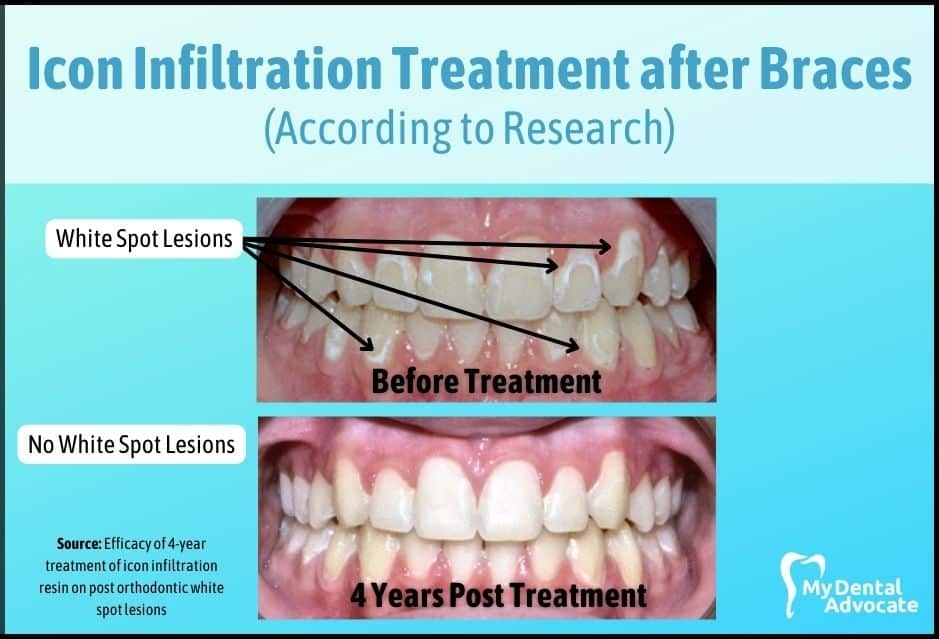
Icon Infiltration Treatment
Enamel demineralization and white spot lesions associated with braces are one of the greatest challenges clinicians face at the end of the orthodontic treatment.
Icon Infiltration treatment at the dentist using fluid resin proved to be a valid non-invasive alternative treatment option compared to cosmetic veneers.
Some benefits include treatment without trauma, local anesthesia and drilling.
According to a recent study, resin (composite-like filling) showed significant long-term success over 4 years and clinical and aesthetic stability at 3 and 6 months, 1 and 4 years.
The patient reported no important adverse events or side effects during the 4-year period following infiltration.
Risks & Considerations
While braces are an effective way to straighten teeth, they can also cause teeth stains.
Therefore, understanding the potential risks and considerations before getting braces is essential.
Highlights
- Braces can make it more difficult to clean teeth properly, leading to staining.
- Dark-colored foods and drinks such as coffee, tea, and red wine can cause stains on teeth, especially while wearing braces.
- Smoking or using tobacco products can also cause teeth stains exacerbated by braces.
- Maintaining good oral hygiene habits while wearing braces, including brushing and flossing regularly, is crucial.
- Regular dental checkups and cleanings can help prevent and treat teeth stains caused by braces.
If you are concerned about teeth stains from braces, talk to your orthodontist about your options. They may recommend particular products or techniques to help prevent or reduce staining.
Remember, while teeth stains from braces can be frustrating, they are usually temporary and can be treated. You can maintain a healthy, beautiful smile throughout orthodontic treatment and beyond with proper care and attention.
My Experience & Expertise
As a dentist, I have seen many patients frustrated with teeth stains caused by braces.
Maintaining great oral hygiene habits during orthodontic treatment is crucial to preventing teeth staining.
Regular brushing and flossing are essential, and avoiding foods and drinks known to cause stains, such as coffee, tea, and red wine, can also help prevent discoloration.
Remember, patience and consistency with your oral hygiene routine are vital to maintaining a healthy, beautiful smile for years to come. Don’t hesitate to consult with your orthodontist or dentist if you have concerns about teeth stains or other dental issues.
We are here to help you achieve and maintain optimal oral health.
Need a second opinion? We can help! Learn more. Knowledge is power when cultivating healthy dental habits. The more informed you are, the better positioned you’ll be to prevent avoidable and potentially costly dental procedures for you and your family. Watch for future blog posts, where we’ll continue sharing important information, product reviews and practical advice!

About the Author
Dr. Matthew Hannan, also known as “Dr. Advocate,” is a board-certified dentist on a mission to provide accurate dental patient education. He attended Baylor University before completing dental school at UT Health San Antonio School of Dentistry. He now lives in Arizona with his beautiful wife and 4 kids. Dr. Hannan believes everyone should access easy-to-read dental resources with relevant, up-to-date dental research and insight to improve their oral health.

Connect with Dr. Hannan!
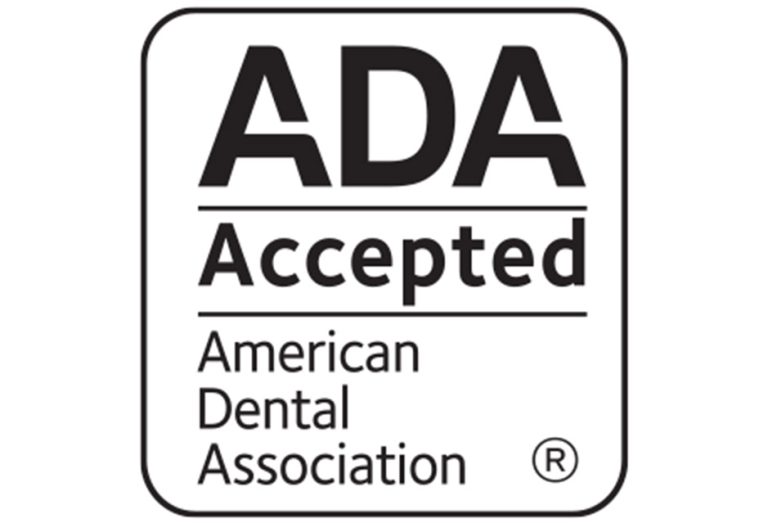
What Is the ADA Seal of Acceptance?
For over 90 years, the ADA Seal of Acceptance has been an enduring symbol of safety and effectiveness for dental health products. These products receive the prestigious Seal after rigorous independent testing, ensuring the…
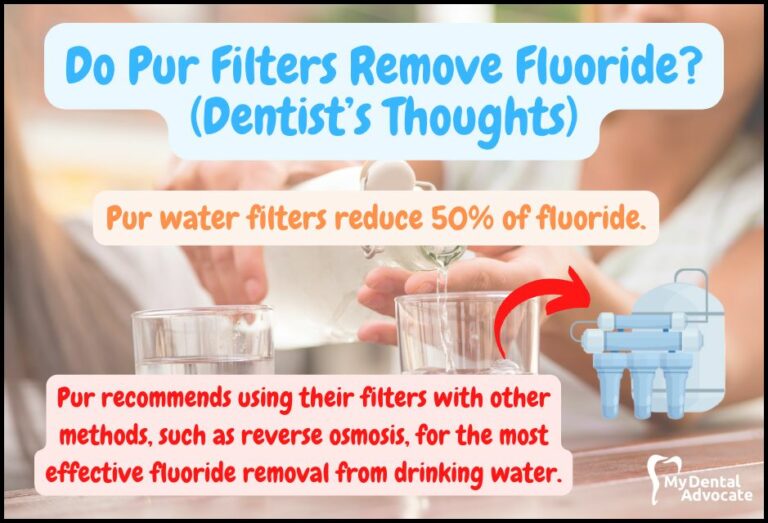
Do Pur Filters Remove Fluoride? (2024 Update)
Access to clean and safe drinking water is necessary for human survival, yet many communities worldwide struggle with water contamination. For example, fluoride, a naturally occurring chemical, is often added…
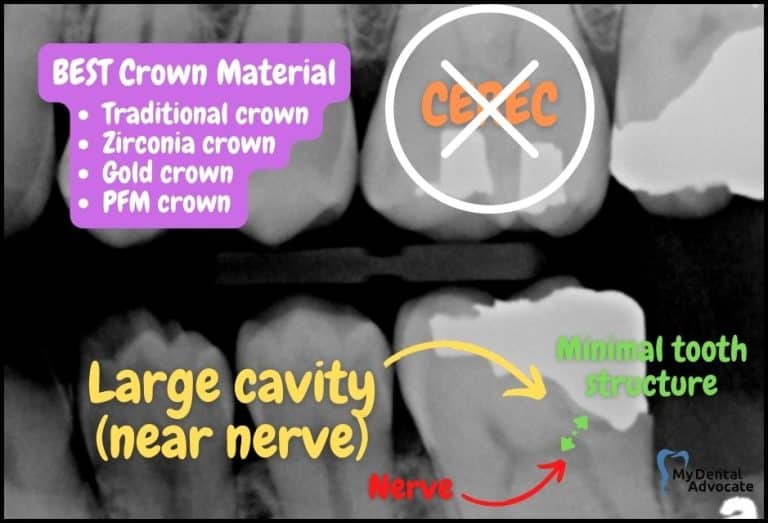
When Are CEREC Crowns Not Recommended? (Top 6 Reasons)
CEREC crowns have become a popular way to restore teeth in recent years. However, there are some occasions when CEREC crowns are not recommended. From a dentist’s perspective, we will discuss the top 6 reasons…
Gain Clarity with Our FREE Second Opinion Guide
Receive clear, expert second opinions online within 48 hours. Start today!
Product Reviews
Our 250+ dental product reviews (and counting), curated by an experienced dentist, are the most comprehensive online.
Toothbrush Genie
State-of-the-art chatbot designed to help you discover your perfect toothbrush in just a few simple steps!
Cavity Risk Assessment
Cutting-edge digital tool designed to evaluate your individual cavity risk based on your responses to a series of questions.
Gum Disease Assessment
Discover your gum disease risk with our quick and engaging 6-question assessment!
